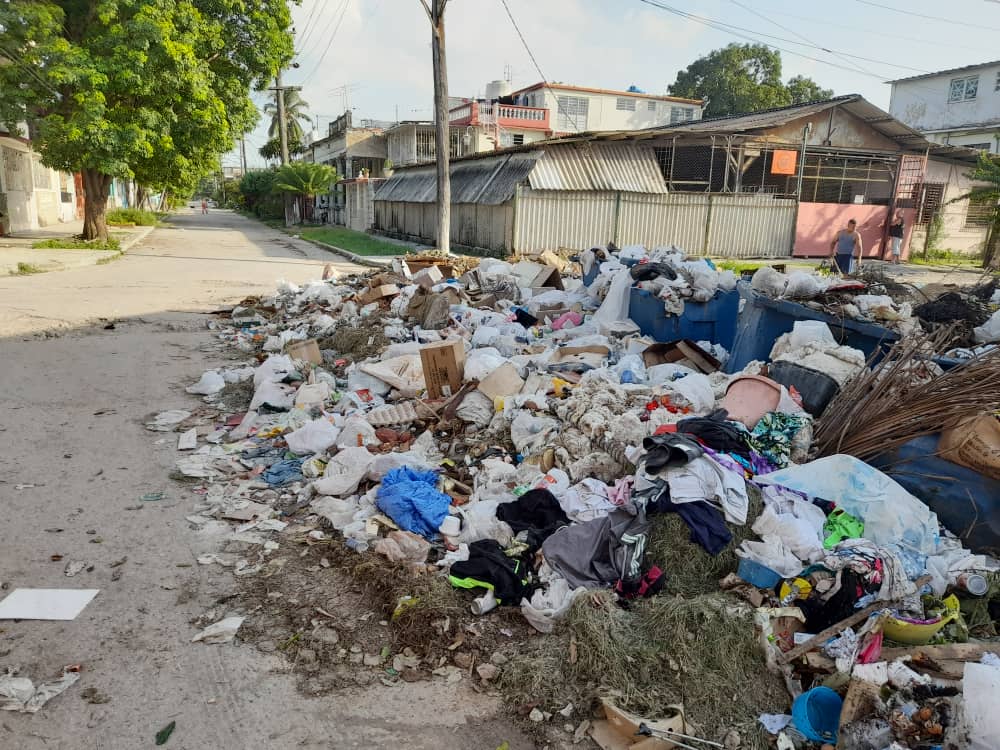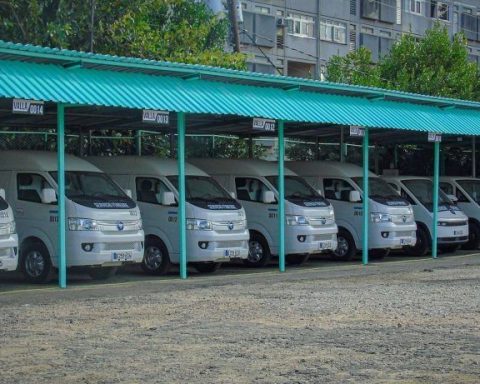AREQUIPA, Peru – The Provincial Directorate of Communal Services reported that in recent months the accumulation of solid waste in Havana has increased, a problem that is more evident on the streets of the capital due to the lack of equipment to collect garbage.
According to data from the state entity, quoted by the newspaper official Granmamore than 40% of garbage trucks in Havana are out of service.
“Until last year, the territory generated 23,814 cubic meters per day, of which 69% came from household services and waste,” notes the Cuban Communist Party newspaper.
In recent months, however, garbage has been accumulating at a rate of 30,108 cubic meters per day in Havana, the country’s most populous area, with over two million inhabitants.
Belkis Aracelis Barrera, an epidemiologist at the Julito Díaz National Rehabilitation Hospital, highlights the link between the proliferation of filth and the increase in diseases in the summer, such as vomiting and diarrhea caused by flies; leptospira associated with mice, and dengue, zika, chikungunya and The Oropouchealready confirmed in 13 provinces of the Island, caused by mosquitoes.
The proliferation of garbage in the Cuban capital, as well as on the island, is a serious problem that has been known for years. The official press of the regime, however, tries to place part of the blame on the population, claiming that it is a matter of “individual conscience.”
According to the provincial director of Communal, Onelio de Jesús Ojeda López, the growing indiscipline of the citizens has had an influence, with “attitudes such as piling up boxes of chicken near non-state businesses or failure to comply with the schedules for throwing out garbage, between 6:00 p.m. and 10:00 p.m..”
“Cooperation is necessary, so that everyone throws away waste where they should, because sometimes a state-owned store also throws waste out onto the street, and companies have to keep their surroundings clean,” the director stressed.
About, Granma He recalled Resolution 190 of 2023, which indicates the imposition of fines of 2,500 to 3,000 pesos for those who affect garbage dumps, and higher fines for those who dump debris, wood, metals or other inappropriate objects.
“Along with citizen irresponsibility, the low technical availability of equipment is also a problem waste collectiontoday at 57% in the capital,” the official report mentions, in an effort to downplay the real problem.
The Havana regime, the note highlights, has depended on donations from abroad to solve the deficiencies in communal services.
“Until the middle of last year, to help alleviate the situation, the city relied on Japanese donations that, between 2018 and 2019, provided Cuba with 100 garbage trucks, 40 dump trucks, 25 mini-loaders, 50 motor-driven pruners, 25 chainsaws and 15 vans for the control and supervision of the processes.”
But since 2023, the most important force, Hino brand trucks manufactured in the Asian nation, began to present breakdowns in parts, pieces and aggregates, without the possibility of finding agile solutions.
As is usual in Castro’s discourse, the impossibility of acquiring spare parts was blamed on the embargo measures of the US government, the main scapegoat for the dictatorship’s inefficiencies.
“Front loaders for macro-landfills are of particular concern, with only a third of them usable, followed by tractors (45%) and dump trucks (51%),” adds Ojeda López.
Follow our channel WhatsApp. Receive the information from CubaNet on your cell phone through Telegram.
















